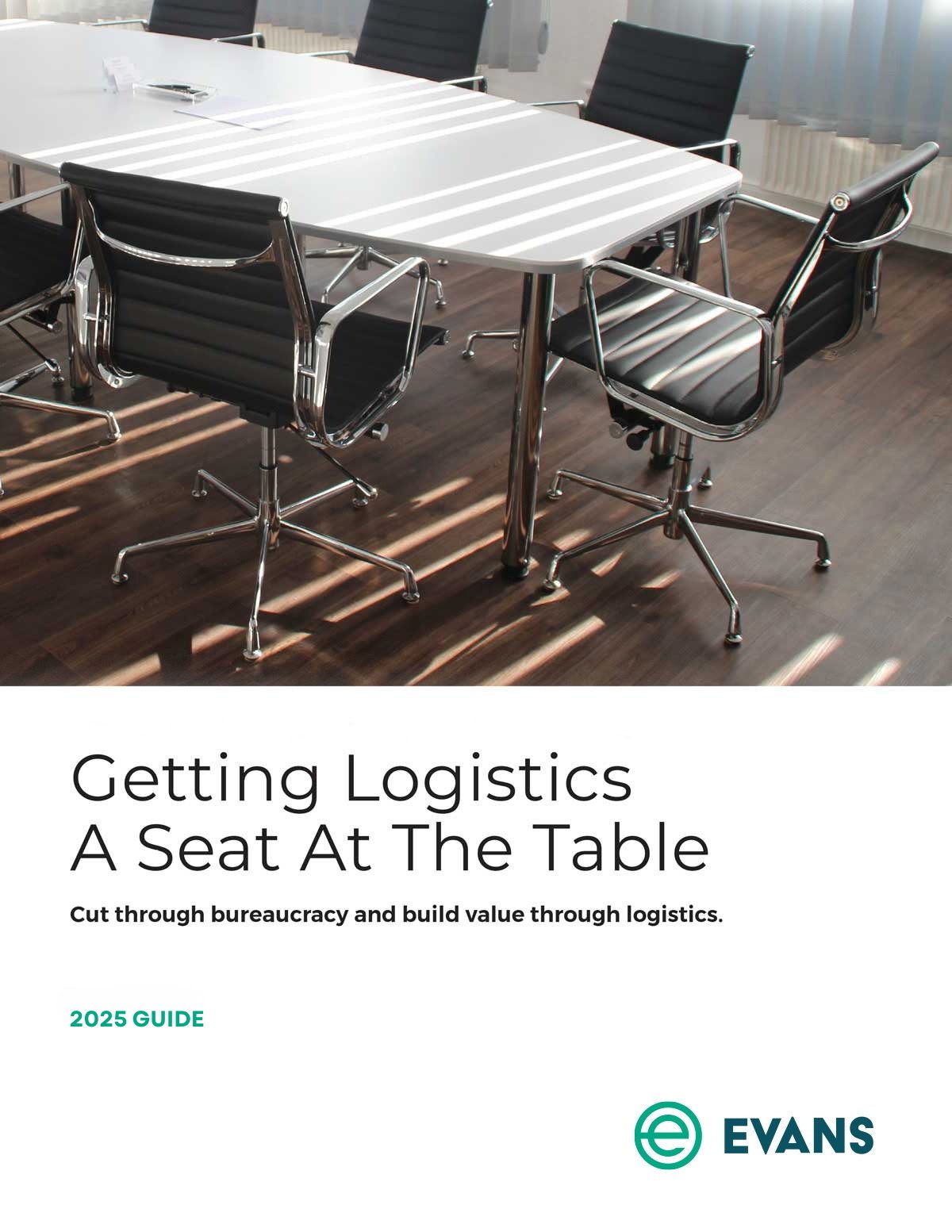Turning your attention to supplier compliance can help you cut hidden freight costs, optimize shipments, ease supplier communications, improve visibility, and more.
It pays to focus on inbound freight — and the suppliers that are shipping it. While your suppliers’ shipping practices may seem fine, better management for supplier compliance virtually guarantees reduced costs and improved efficiency.
Supplier relationships can be delicate or complex. But examining your suppliers and their practices is an important step in improving your inbound freight program.
Let’s take a look at how supplier compliance can impact your business.
4 reasons to focus on supplier compliance
1. Cut padded freight costs.
Your inbound freight often comes with a hidden markup — suppliers who prepay for shipping can add 10-60% of actual shipping costs to your bill. Luckily, it’s relatively easy to identify the markup if you know where to start. Our tip? Inbound freight management starts in the purchasing group.
When your purchasing group is buying products, they receive freight invoices from your suppliers. When those invoices indicate that freight is included, but it’s not a line item, you’re onto something. That lack of detail may hide a markup or non-competitive rate.
Taking control of your inbound shipping allows you to cut out padded freight costs and select carriers tailored to your shipping needs. It clears up communication between you and your suppliers by streamlining the purchasing process.
2. Increase visibility into your shipments.
Better supplier management increases the visibility of your freight. With increased visibility, you can drive down costs.
For example, you might see that you have suppliers shipping to the same origin and destination via several LTL shipments. Instead of using separate LTLs, your suppliers could group their shipments together and ship once or twice week. By consolidating shipments and developing new schedules, you can reduce the overall costs.
Another example of cost savings through visibility is finding flexibility in supplier schedules. We can work with your suppliers to get approval for strategic, cost-beneficial openings, like earlier or later shipments.
Everyone is looking to save money. By optimizing your shipments, you are reducing the suppliers’ costs and your costs. With these savings, you gain the ability to make strategic decisions, like reducing your internal costs or passing cost reductions on to your customers.

